Flowchart Examples
In this article, we take a look at how flowcharts are designed, benefits of the same and the different software applications that one can use to design different kinds of flowchart examples.
1. What is A Flowchart
Flowchart is a diagrammatic representation of a process or workflow. This can be to represent an algorithm or showcase steps on how to solve a task. As any flowchart example will show, steps are usually boxes of different kinds that are put in order and connected with arrows in between.
Teachers can make use of graphic organizer to illustrate knowledge of a section in a text or topic, also showcasing which are the areas where one needs to improve. The forms of graph organizers are several such as mind maps, concept maps and webs like
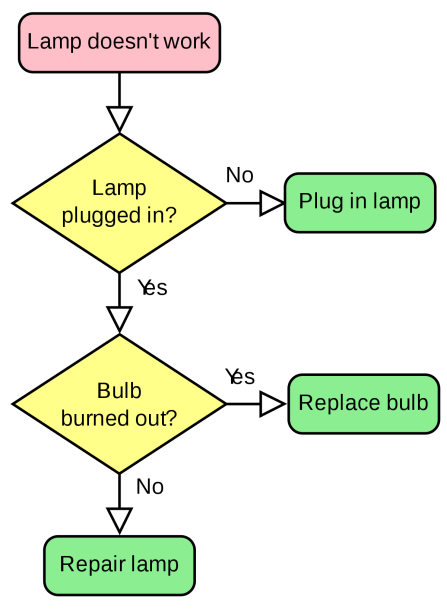
2. Benefits of Flowcharts
The popularity of flowcharts is due to the different benefits they provide. There are programs that help to create flowcharts which are rich in features and automatic. The templates and tools available help any user to create a flowchart no matter what kind of data is being represented. The key benefits of representing data by such illustrations are the following:
-
Visual Clarity
This is the biggest benefit that such a diagram represents. As one would see with any flow chart example, such an illustration is good to help visualise multiple progression and sequences that complete a process or a task.
For instance, workflow for a department can be showcased with a flow chart example and at the same time leaders can look into what steps are unnecessary and how progress can be improved.
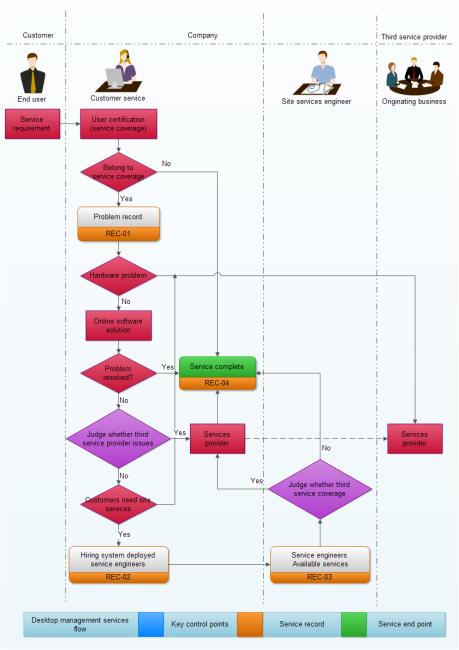
-
Communication Tool
Flowcharts can be used as communication tools as well, especially among teams. They can help to replace meetings since progress and steps can be visually clarified among team members who would see the progress or steps involved in a project.
-
Increase Efficiency
This is a significant benefit. Flow charts list every step that is necessary for performing a process. Those who design flowcharts can review and remove steps that are unnecessary as well as errors. The chart helps to pinpoint the steps required to reach a certain endpoint.
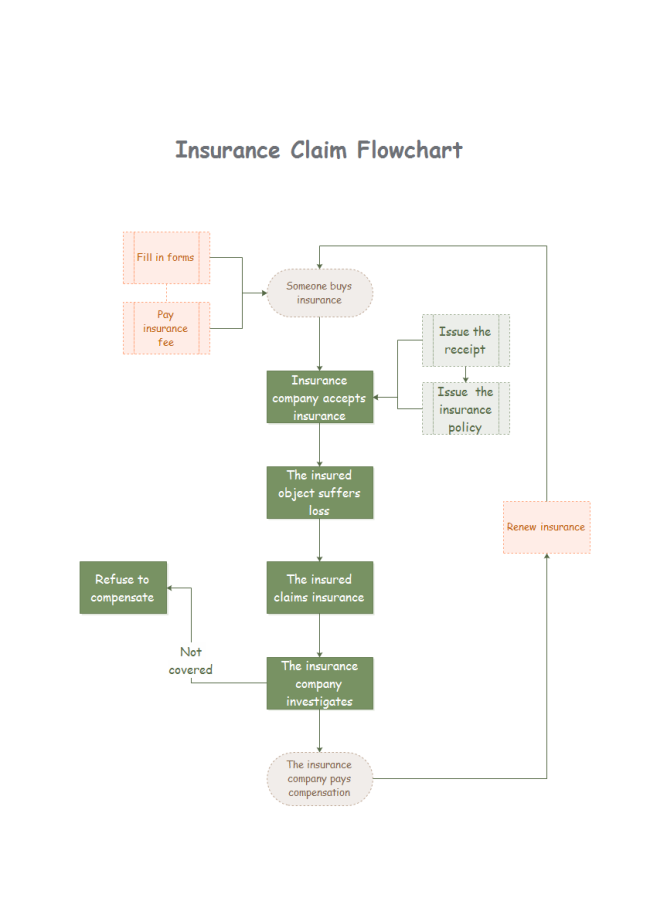
-
Analysis
This is another benefit of flowcharts. With the help of simple flowchart examples, team leads or project managers can put forward a solution or steps of action to a team more effectively. They can also analyze the steps or actions that are required in a process.
-
Problem-Solving
With simple flowchart examples, it is easy to break up a problem into parts that are easy to identify. Flowcharts help to showcase how a problem can be solved or the steps to complete a task. It also helps to leave out steps that are not required which helps to reduce wastage of time as well as costs.

-
Documentation
Organizations can use flowcharts as helpful tools to understand the steps where documentation is required so that the flow of work can be noted. At the same time reduce the need for documentation where it can be avoided to make actions more efficient.
3. Different Types of Flowchart Examples
There can be flowcharts that illustrate different work processes or problem-solving. Here are some types and examples highlighted below:
-
Service Flowchart
-
Swimlane Flowchart
-
Order Flowchart
-
New Project
-
SDL Diagrams
-
Workflow Management
-
Decision Making
-
EPC Diagram
In this flow chart example, it can be a simple service such as how tea is prepared or how housekeeping service needs to be done in a hotel. The diagrams illustrate the different steps of a process and help to build a picture of the same. These can then be used for analysis, communication or training purposes.
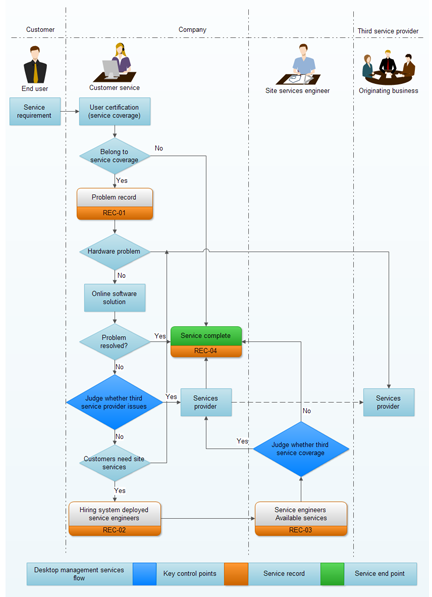
This is another flow chart example whereby process flows are shown horizontally as well as vertically. For instance, if the cross-functional flow of process or interlinks between different departments need to be shown, this kind of diagrammatic representation would be ideal.
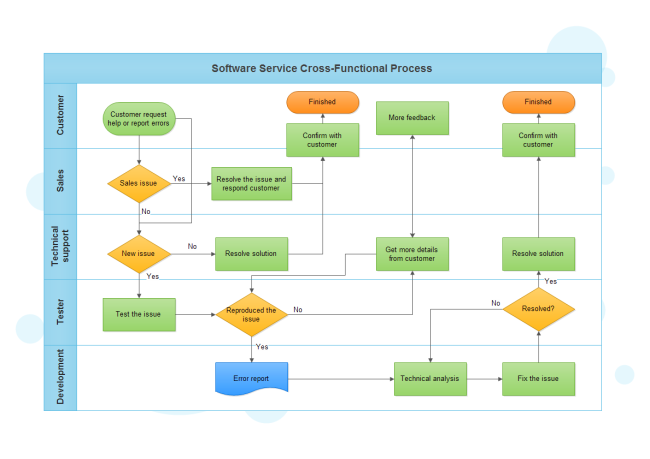
This is another format that is popular. As the name suggests, it is usually used to depict how a customer’s order is carried out. One can use different clipart to make the flow more meaningful and visually appealing as well. Any banking process help document can also showcase an example of an order flow chart.
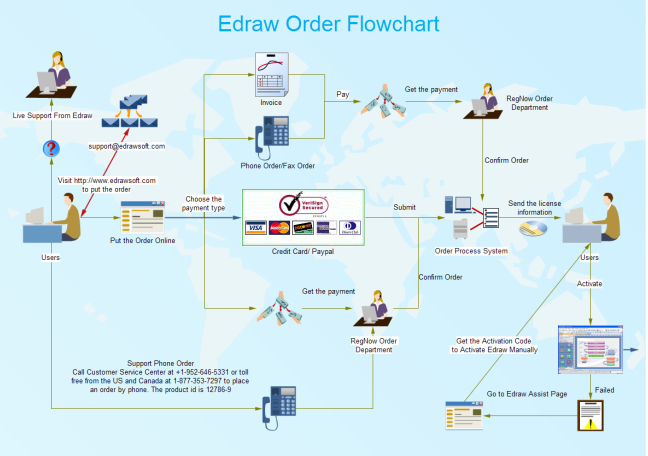
This is another instance of flow chart example. Here one will find basic or other kinds of processes as required in a new project being planned through a flowchart. Usually, software engineers and designers who are planning out a new project will use flowcharts for such a purpose. For instance, when a payment transaction flow is being designed, it helps to plan it out in a project format.
This is another form of a flow chart that is used for showcasing computer algorithms. One can map out computer algorithms with such diagrams. SDL is the short form for specification and description language. The flowchart has a unique set of symbols that correspond to a real-time system or map.
SDL diagrams usually comprise of three components which comprise of defining a system, a block, and a process. Defining how a set of codes should be implemented is showcased by SDL diagrams.
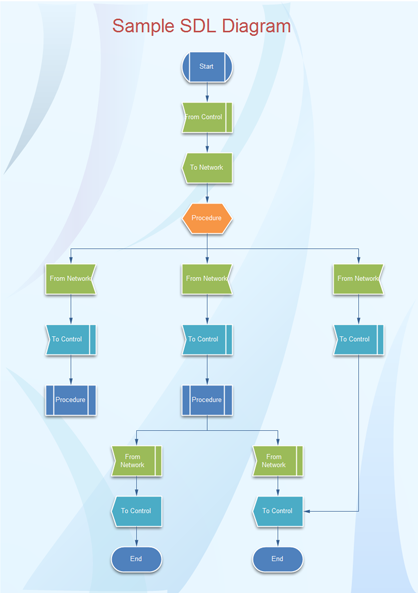
This is another instance or form of flow chart that is popular. How systems should manage workflow is best showcases with a workflow flowchart. The systems could be varied such as process integration, the orientation of human tasks and others. The goal of such diagrams is to showcase the output of consistent quality which is done with a set of standardized procedures.
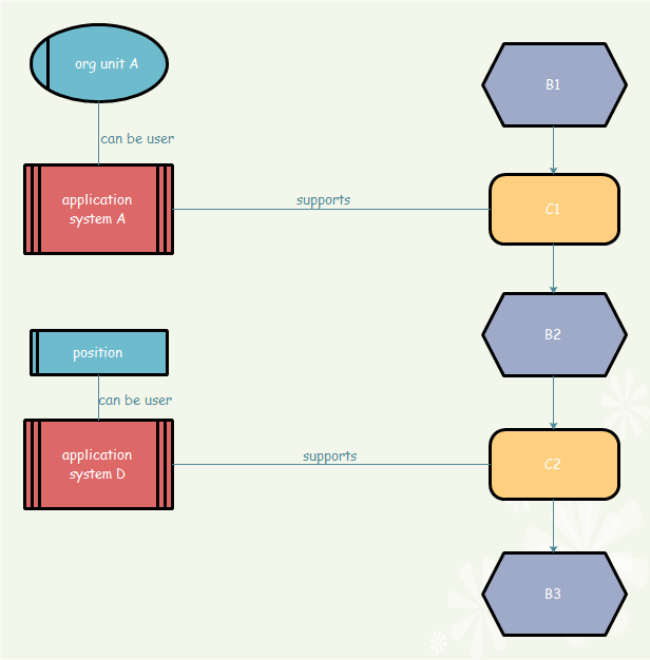
Such flowcharts help users to visualize the different options that are found in a business decision. It could be a guide or a tutorial that helps users walk through different outcomes and ensure that they have considered relevant questions before they make a decision. For instance, the different steps by which a user can decide whether to invest in CRM software.
This is another instance of a flowchart that helps to showcase or model a business process. These help cover different activities. For instance, there could be a set of tasks that need to be covered which can lead to possible situations. EPC diagrams are specialized flowcharts that are event-driven and showcase process chain diagrams.
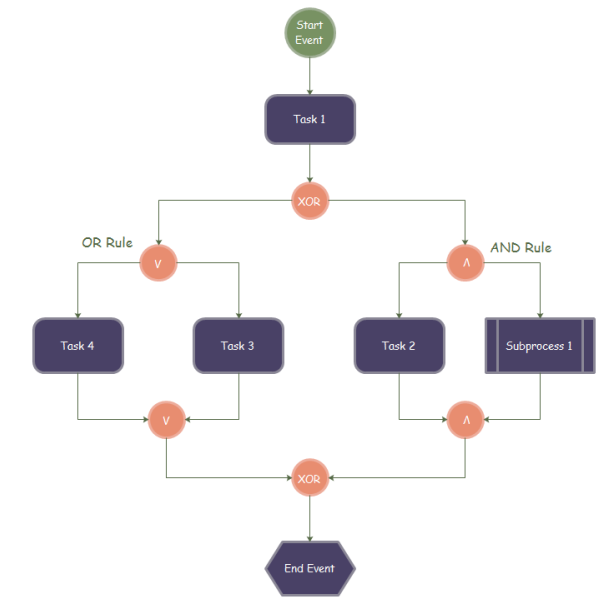
4. How to Create A Flowchart
No matter what kind of flowchart you wish to draw, Edraw offers a powerful software suite that is easy to use and has relevant tools to help users create flowcharts with a professional look and finish.
Here the basic steps to take when using Edraw application:
-
Use Templates
There are different kinds of templates and symbols offered, most being free as well as varied when it comes to creating different flow chart diagrams. One can choose from the comprehensive Edraw library and get started with their diagram.
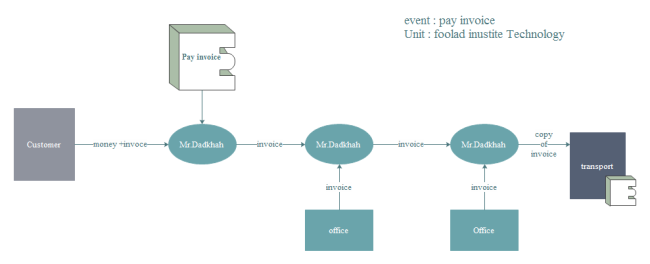
-
Use Automatic Drawing Feature
This is the next step to take which helps to connect different shapes automatically as well as align them or add spaces to them. One can add shapes as per the requirement as well as use smart guides to change or customize shapes and other features.
-
Add on Customizations
Once the basic or standard diagram is drawn out, a user can then proceed to add on effects such as changing themes, using different colors, gradient effects and connector styles.
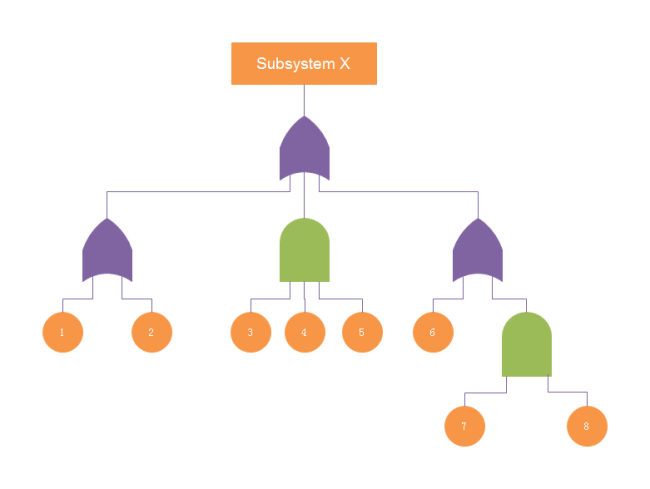
-
Share File in Different Formats
This is the final and useful step that helps to share a flowchart in different formats as well as import the same in PPT, Excel or Word. Edraw helps to save file and export it to different applications seamlessly.
5. Conclusion
The flowchart has several applications in different training and organizational procedures and processes. With software suites available it becomes easy to streamline any process or task in a flow chart diagram and customize the same to have a professional finish.
EdrawMax is the easiest diagramming tool, which enables you to creat any kind of graphic orgranizer diagrams by choosing eye-catching built-in templates and keeping customizing until you're satisfied.


